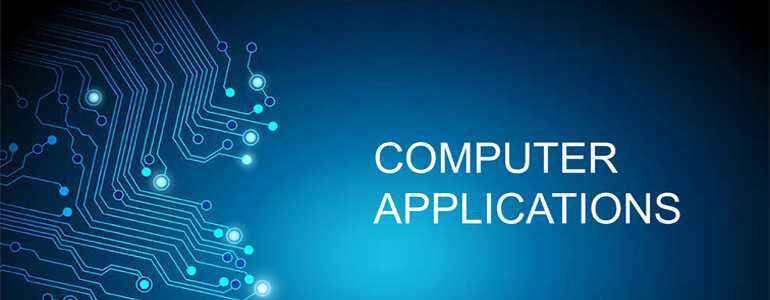C++ is a powerful, general-purpose programming language widely used in system software, application software, and high-performance applications. This chapter covers the basics of C++ programming, including the structure of a C++ program, compilation process, basic input/output operations, and creating your first programs. Students will set up a development environment, understand syntax rules, and learn about variables, constants, and basic data manipulation.
Chapter 4: Getting Started with C++
Introduction to C++
C++ is a powerful, general-purpose programming language developed by Bjarne Stroustrup in 1979 as an extension of the C language. It supports multiple programming paradigms including procedural, object-oriented, and generic programming.
Features of C++
- Object-Oriented: Supports classes and objects
- Machine Independent: Code can run on different platforms
- Mid-level Language: Combines high-level and low-level language features
- Rich Library Support: Standard Template Library (STL)
- Speed and Efficiency: Close to hardware for optimal performance
- Memory Management: Supports both automatic and manual memory management
- Pointers: Direct memory manipulation
C++ Development Environment
To write and run C++ programs, you need:
- Text Editor/IDE: Visual Studio, Code::Blocks, Dev-C++, Xcode
- Compiler: Converts C++ code to machine code (GCC, Clang, MSVC)
Structure of a C++ Program
// Include libraries
#include <iostream>
// Optional namespace declaration
using namespace std;
// Main function - program execution starts here
int main() {
// Program statements
cout << "Hello, World!" << endl;
// Return statement
return 0;
}Basic Input and Output
- Input: Using
cinto read data from the usercppint number; cin >> number; - Output: Using
coutto display data to the usercppcout << "The number is: " << number << endl;
Comments in C++
- Single-line comments: Start with
//cpp// This is a single-line comment - Multi-line comments: Enclosed between
/*and*/cpp/* This is a multi-line comment */
Variables and Data Types
- Declaration:
data_type variable_name; - Initialization:
data_type variable_name = value;
Basic Data Types:
- int: Integer numbers (e.g., -5, 0, 42)
- float: Single-precision floating-point (e.g., 3.14)
- double: Double-precision floating-point (e.g., 3.14159265359)
- char: Single character (e.g., ‘A’, ‘7’, ‘$’)
- bool: Boolean value (true or false)
Constants
- #define: Preprocessor directive
cpp
#define PI 3.14159 - const keyword: Type-safe constants
cpp
const double PI = 3.14159;
Compiling and Executing a C++ Program
- Write code: Create a file with .cpp extension
- Compile: Use compiler to create executable
- Execute: Run the executable file
Error Types
- Syntax Errors: Grammar mistakes in code
- Logical Errors: Code compiles but produces incorrect results
- Runtime Errors: Errors that occur during program execution
Naming Conventions
- Variables and functions should have meaningful names
- Names are case-sensitive
- Cannot start with a number
- Cannot use C++ keywords
- Should use camelCase or snake_case consistently
Getting comfortable with these C++ fundamentals provides a strong foundation for learning more advanced concepts and writing efficient programs that solve real-world problems.
Complete Chapter-wise Hsslive Plus One Computer Application Notes
Our HSSLive Plus One Computer Application Notes cover all chapters with key focus areas to help you organize your study effectively:
- Chapter 1 Fundamentals of Computer
- Chapter 2 Components of the Computer System
- Chapter 3 Principles of Programming and Problem Solving
- Chapter 4 Getting Started with C++
- Chapter 5 Data Types and Operators
- Chapter 6 Introduction to Programming
- Chapter 7 Control Statements
- Chapter 8 Computer Networks
- Chapter 9 Internet
- Chapter 10 IT Applications
